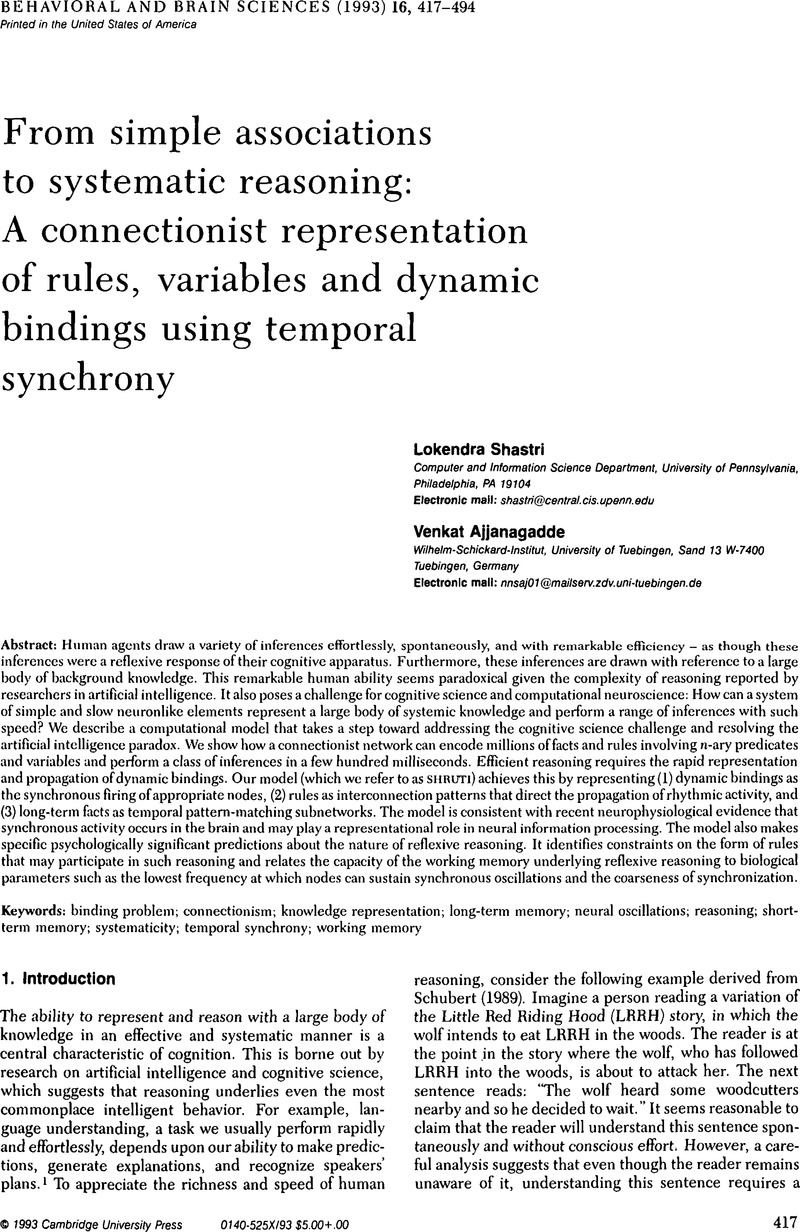Crossref Citations
This article has been cited by the following publications. This list is generated based on data provided by Crossref.
Seog Park, Nam
Robertson, Dave
and
Stenning, Keith
1995.
Extension of the temporal synchrony approach to dynamic variable bindingin a connectionist inference system.
Knowledge-Based Systems,
Vol. 8,
Issue. 6,
p.
345.



